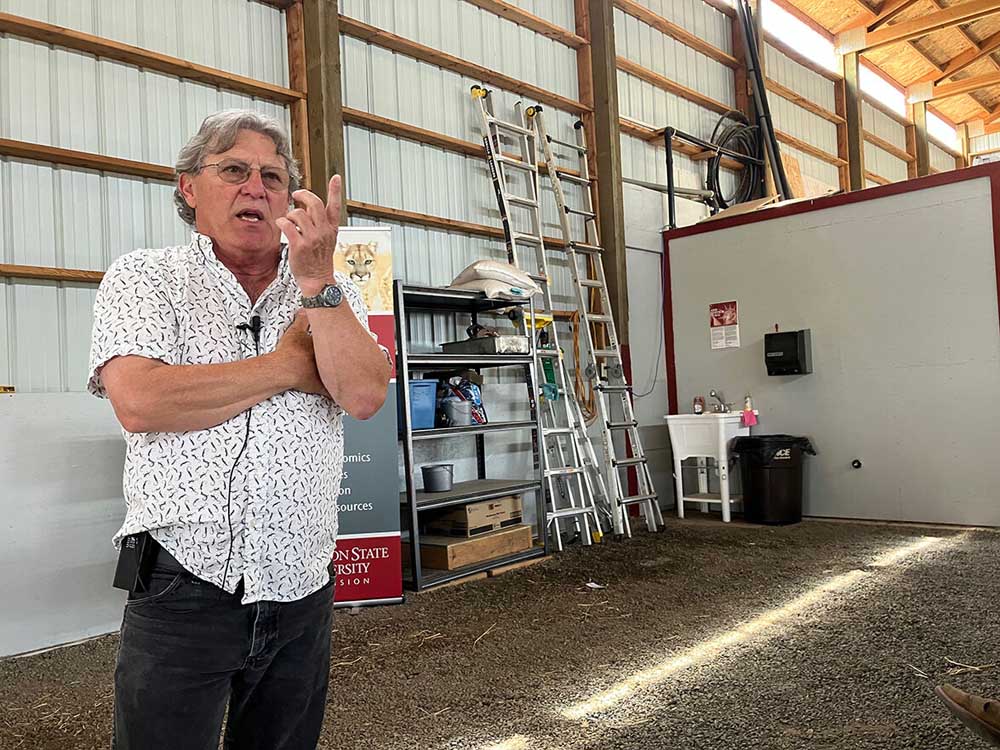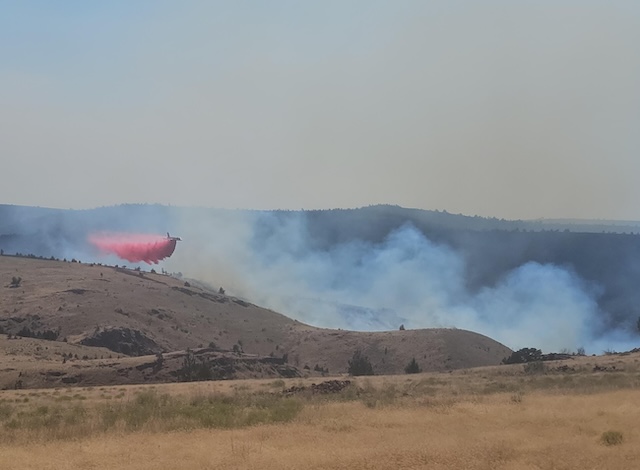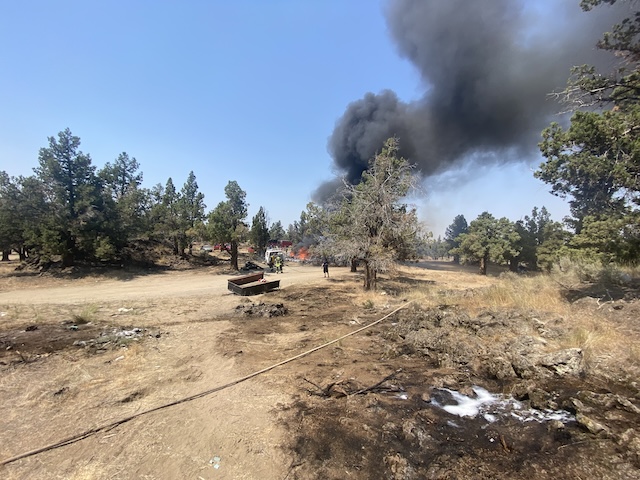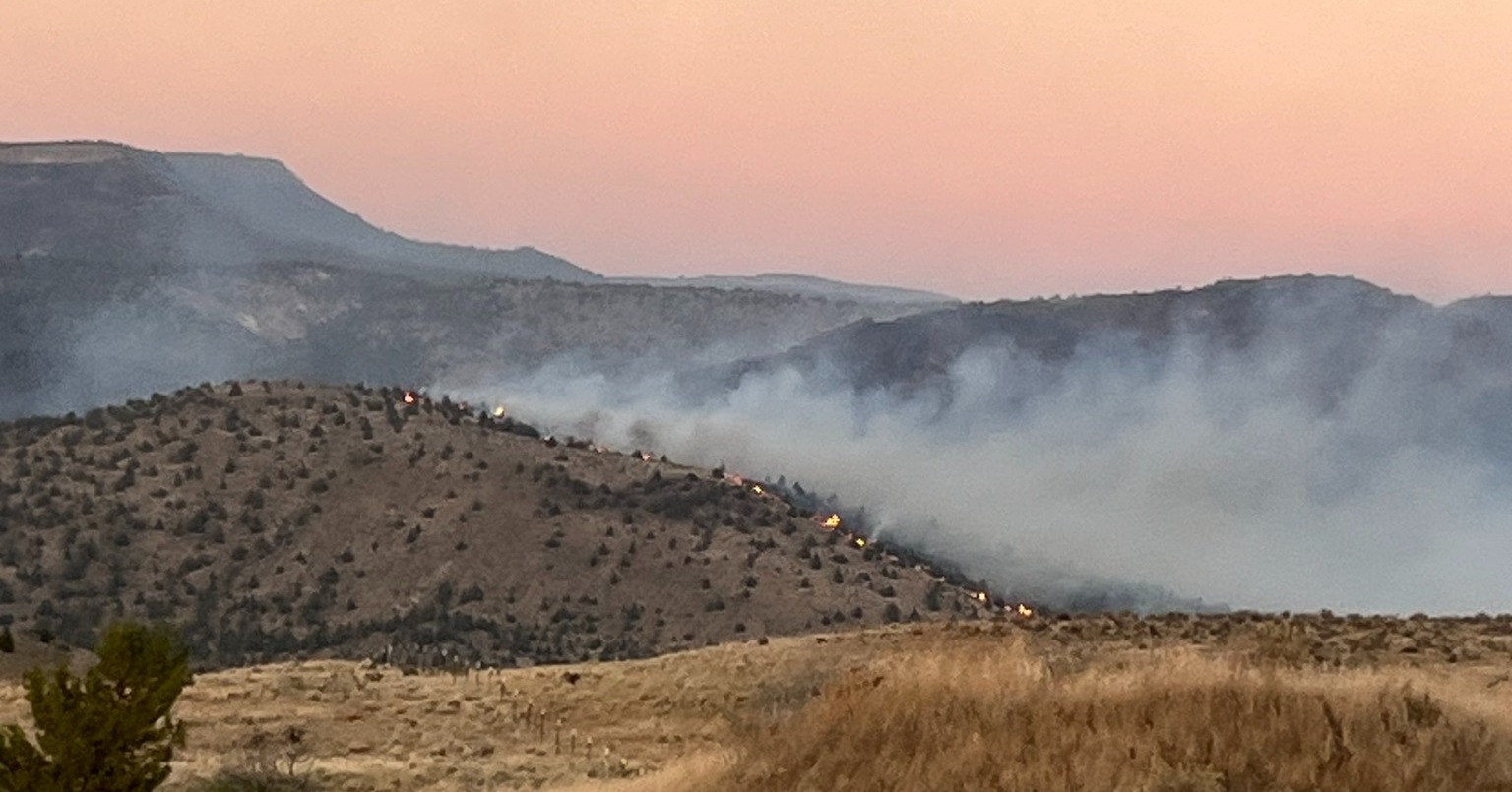Economist: Farm bill biggest uncertainty in 2024
Published 7:00 am Thursday, January 25, 2024

- Economist Randy Fortenbery will present his economic forecast at 9 a.m. Wednesday, Feb. 7, in the convention center ballrooms. It is sponsored by AgWest Farm Credit.
Progress on a new farm bill is the main issue Washington State University economist Randy Fortenbery says he’ll be watching this year.
Fortenbery, the Thomas B. Mick Endowed Chair in Small Grains Economics, will deliver his annual economic forecast Feb. 7 during the Spokane Ag Show.
Trending
The previous farm bill was extended for one year in November.
“Really, very little has happened on the farm bill side” due to political “turmoil” in Congress, Fortenbery told the Capital Press.
He pointed particularly to leadership upheaval in the U.S. House and constant continuing resolutions to fund the government.
“There’s just not a lot of bandwidth to be doing other stuff when you’re continually revisiting the same things because you just keep delaying a real decision by six or eight weeks,” he said.
Fortenbery expects crop insurance and financial protection programs such as Agriculture Risk Coverage and Price Loss Coverage to remain in the bill, but said lawmakers could debate how large the Supplemental Nutrition Assistance Program, previously known as food stamps, should be.
“If they start cutting into that significantly, then I think some of the urban legislators will be trying to cut the ag-side expenditures as well,” he said. “We’ll have to see how all of that plays out.”
Trending
When discussions first began more than a year and a half ago, Fortenbery didn’t think the bill would be significantly different from previous farm bills.
“But now, with all the political disruption that’s going on, I really have no idea what to expect,” he said.
Fortenbery predicted a new bill could emerge by spring or summer at the soonest.
When putting together his annual forecast, Fortenbery considers domestic production, export movement, carryover from the previous production year and exchange rates compared to the U.S. dollar. In the spring and winter, he looks at projected planted acreage and weather effects.
He hopes farmers leave his presentation thinking carefully about their marketing opportunities, and the risk if they delay pricing as they go forward.
“You either get overly optimistic because you always think things can get better, or you’re just hoping to get back to where you were a few months earlier,” he said. “There is no right or wrong decision, but I want to give them as much objective information as I can to help them make an informed decision.”
• Try to develop pricing objectives at planting time for the new crop. These should be based on current market conditions and the outlook for the coming months. You may have multiple prices for different portions of the crop.
• It is good to develop some price objectives early even if you do not want to start forward pricing your crop until March or April because of yield worries.
• If you are storing a crop already harvested, try to think less in terms of future price direction, and more about whether the market is offering you a profit over your storage costs. If you can lock in a minimum of 5 cents per bushel per month for storage that may turn out better than just hoping prices go up in the future.
• Be careful about storing a crop if the local price is already quite high, by historical standards, to the current futures price. Even if futures prices go up, cash prices may not.
• In times of high price volatility, try to step back from the day-to-day price fluctuations and pick sale prices with a longer-term view of market activity.
• Pay attention to the general market outlook but be careful about speculating with too much of your crop on higher prices if current prices already provide an opportunity to cover costs and earn a margin.
• Don’t listen to your neighbor — he or she probably didn’t sell for $1 a bushel more than you!
• Marketing plans need to be flexible as conditions change, but those that take the time early to develop a marketing plan often do better than those with a wait-and-see approach.








